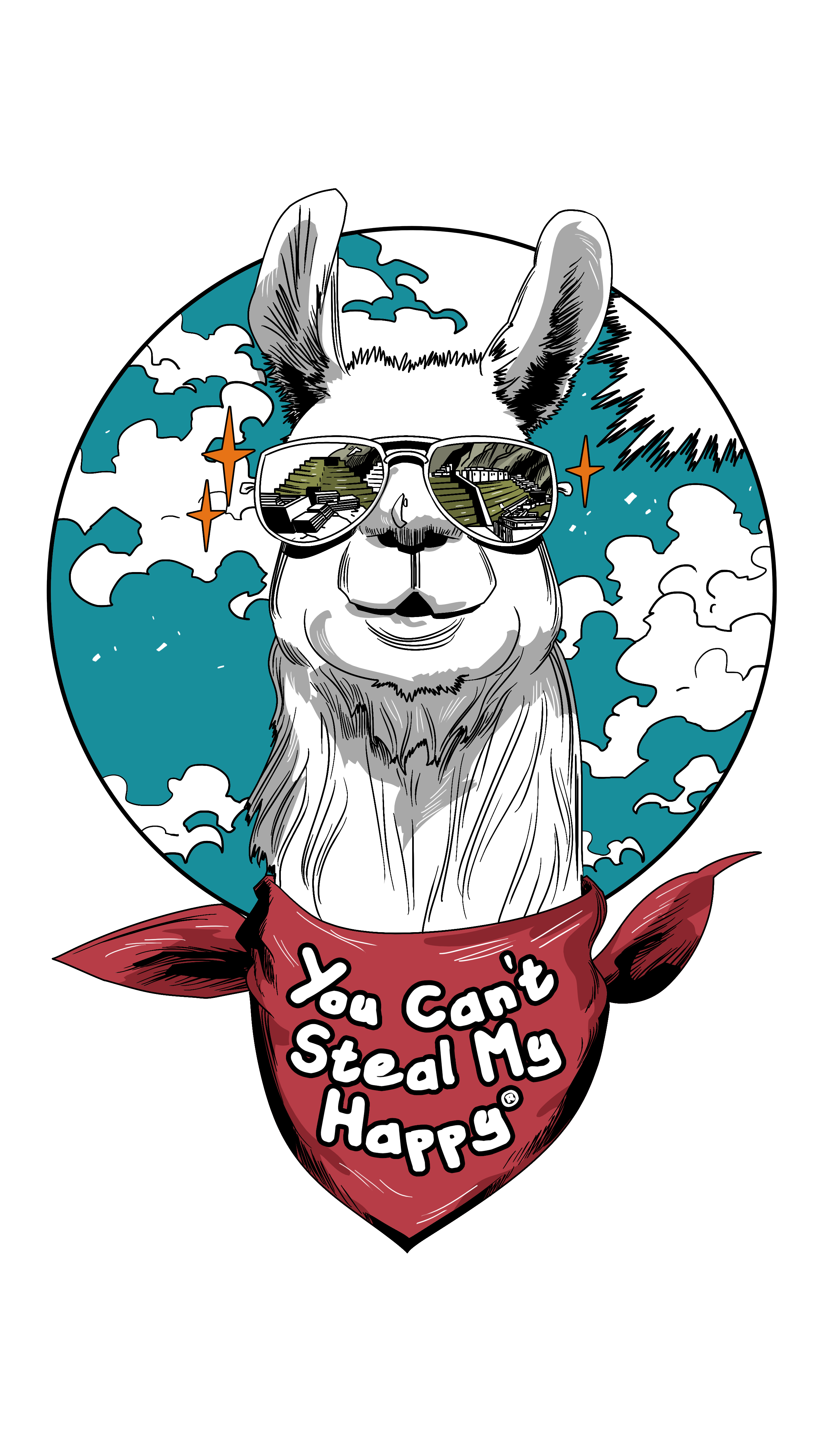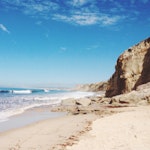HOW TO GET THERE
This trip originates in Catania (CTA), Italy and ends in Palermo (PMO). Rome is the main gateway city but you can find connections through Milan, London Gatwick, Istanbul and other European cities.
You can check routes from your departure city on FlightsFrom- https://www.flightsfrom.com/ .
CURRENCY
The Euro is the currency in Sicily. ATMs are plentiful and major credit cards are widely accepted.
For the most up-to date conversion rate click here or download the app- https://www.xe.com/.
ENTRY REQUIREMENTS
Six months validity recommended, at least 3 months validity beyond your planned date of departure from the Schengen area. Two pages required for entry stamp.For more information, please visit the State Department website here.
ELECTRICAL PLUGS
For Italy there are three associated plug types, types C, F and L. Plug type C is the plug which has two round pins, plug type F is the plug which has two round pins with two earth clips on the side and plug type L is the plug type which has three round pins. Italy operates on a 230V supply voltage and 50Hz.
Click here to purchase an adapter/converter for your trip and see other travel accessories.
TIPPING
Before your trip, a Happy Ambassador will reach out to you about tipping our local guides. Plan to budget at least $100-$150. Happy Ambassadors are already compensated, the tip money will go to local guides.
WEATHER & WHAT TO WEAR
Average temperatures in October range from lows in mid-50°s to highs around 78°.
Be sure to take some layers, long pants and a light jacket. Shorts and skirts are acceptable, as well as T-shirts; however, the dress code in churches is very strict, with shorts required to be knee-length and sleeveless tops prohibited for both men and women. Be sure to pack a swimsuit for sunbathing and swimming. Days in the fall can be warm, but it cools off in the evenings, so dress in layers.
Sicilians tend to dress nicely, even in the hot summer months, taking care to fare la bella figura, or simply to look good. Sicilians dress up for dinner and the evening stroll, called la passeggiata.
When visiting Mount Etna you will need to dress in layers as it can be quite cool at the higher altitudes as well as down in the lava caves. You’ll also need sturdy hiking or walking shoes.
ACCOMMODATIONS
We stay at local, unique 4 star properties.
DINING
Sicily has an ancient and distinguished gastronomic tradition, but only a few Sicilian dishes—such as the sweet and spicy flavors of eggplant-based caponata and the velvety smooth, sweet ricotta-filled cannoli—have crossed the Strait of Messina to find fame abroad.
Sicilian cuisine has the influences of Arab (who introduced sugar cane to the island), Greek and Spanish cooking, among others. Whereas the north has specialties made with land-based animals such as beef and poultry, Sicilian cuisine is hugely married to the sea. The classic Palermo dish bucatini con le sarde is a hollow pasta filled with sardines, wild fennel, pine nuts, raisins and bread crumbs. Melanzana con parmigiano (eggplant parmesan) is a classic dish that has Sicilian origins.
Small bites served from the outdoor food carts in Palermo’s Piazza Caracciolo are popular among the locals and must be tried to experience the full range of Sicilian foods. Panelle (chickpea pancakes), small grilled sausages and arancini (fried rice balls stuffed with various fillings) are typical offerings.
At the open-air markets, particularly for food festivals (sagre) and saint day celebrations (feste), keep an eye out for calia stores, which sell dried Sicilian fruits and nuts: These are considered local delicacies. If you are feeling particularly decadent, try the honey-covered bars of hazelnut Torrone and sweet almond nougat.
Legend has it that the Romans mixed snow from Mount Etna with various flavorings as a precursor of the famous granita (Italian ice). Do as the Sicilians do and have a scoop of the delicious ice inside a brioche—an eggy, sweet bread with the center scooped out—for breakfast. There are endless flavors of ice cream and granita to try, including flavors from local, seasonal fruits.
There are many dining experiences to be had in Sicily, from street food to fine-dining restaurants. There is really no need to spend much money when there are so many ways to taste fresh, seasonal dishes cooked with simplicity and flair. In summer, there are plenty of local food festivals where you can taste local produce and have a meal for less than 10 euros.
Sicilian pizzerias sell oven-baked pizza by the slice; there, a beer and large slice of pizza cost about 5 euros. An osteria or wine bar will give you a selection of antipasti and main dishes, as well as a fine selection of local wines. Trattorias serve excellent meals at reasonable prices: These family-run restaurants are usually where the locals go to eat (you hear about the best trattoria in the area by word of mouth), and the menu changes daily based on what is currently in season. A rosticceria serves hot meals daily (prices are around 10 euros), and a panneria bakes Continental bread rolls and toasted sandwiches filled with whatever your heart desires, ranging 5 euros-10 euros based on filling.
Eating seafood in Sicily may be expensive, but it is highly recommended, especially the local pesce azurro, including swordfish and sardines. A must-try dish is pasta alla nero di sepia, a typical dish in the provinces of Palermo and Messina. The pasta is prepared with the black ink from local squid: It is exotic and thoroughly delicious. Other pasta dishes to try include involtini di melanzane, which are thick, handmade macaroni noodles wrapped in deep-fried slices of eggplant, oven-baked with a rich tomato sauce and ricotta cheese.
TRANSPORTATION & SECURITY
Taxis are widely available at the airport. Uber does operate but our only option is to take an “Uber Black“, which is the more upscale version of Uber. Most major Sicilian cities are generally safe during the day; simply use your common sense and be aware of your surroundings. Avoid carrying large amounts of cash and expensive tech devices such as tablets and smartphones. Be aware of those around you in tourist areas and near major attractions such as museums, monuments, restaurants, hotels, train stations, airports and so forth. When it’s late at night, avoid city centers, train stations and bus terminals.
Palermo and Catania are the largest cities in Sicily and are therefore places where you should pay extra attention for pickpockets, which can be a problem in crowded market areas or on the street. If you are carrying a handbag, take care to sling it across your shoulder and facing the building side of the sidewalk where you are walking, not streetside. (Thieves on motorcycles can speed by and snag valuables if you’re not careful.) Also take notice of teenagers on scooters or street corners.
Don’t carry cameras in plain sight, and take care not to stand around with a huge map unfolded in front of you, as you’ll be identified as an easy target. Do not wear expensive jewelry, as thieves have been known to rip off gold necklaces and bracelets. Sicilians are very welcoming, spontaneous and willing to help visitors. If you become lost, simply go into a local cafe and ask for assistance.
INTRO, HISTORY & GEOGRAPHY
Sicily is a mountainous island dotted with lemon, orange, almond and pistachio orchards—an extension of the Apennine Mountains separated from the mainland by the Strait of Messina. La Sicilia is the largest island in the central Mediterranean, with some 9,927 sq mi/25,711 sq km of variegated terrain.
Many powers have occupied and governed this strategically important area 310 mi/500 km south of Rome: Greeks, Romans, Vandals, Goths, Byzantines, Muslims (Arabs), Phoenicians, Normans, Spanish, the royal houses of Hohenstaufen, Savoy, Habsburg, the Aragon and, for brief periods, the U.K. and the U.S. Historic sites related to these powers are part of the island’s attraction.
For touring, the island can be roughly divided into the north-shore and south-shore areas. The north shore has reefs, olive groves, secluded coves and countless seaside resorts, including Cefalu, a gorgeous Arab-Norman city with good beaches. Also on the north coast is Palermo, the ancient (and current) capital, and the island’s largest city. About 50 mi/80 km west of Palermo lies the ancient village of Erice, atop a mountain: It still has remains of a temple dedicated to Venus.
The southern coast has an even milder climate, so there’s swimming most of the year (although it can get cold there November-March). Among the areas not to be missed are Agrigento, Acireale and Taormina, a distinctive, beautiful town perched on cliffs overlooking the Mediterranean.
Mount Etna is a 10,902-ft-/3,323-m-high active volcano on the east coast—its crater is difficult to reach, so join a guided tour and dress warmly. There are great ocean views from the mountain, and (depending on volcanic activity) it’s possible to ski there in winter. You can also drive or take a train along the 120-mi/200-km route around its base to see a wide variety of scenery.
It’s also possible to visit various island groups that surround Sicily. The Aeolian Islands lie off the northeast coast, the Egadi Islands are to the west and the Pantelleria Islands and Pelagian Islands are to the south.
Sicilian history is a cavalcade of invasions, one after another, and each of these invasions has added another dimension, a rich layer, to Sicily’s extraordinary fusion of cultures and customs.
The first inhabitants of Sicily were Stone Age settlers from the Siculi tribe in 12,000 BC, originally from the region of Calabria on the mainland, who in turn gave the island its name. They were joined by the Elymi, descendants of the Trojans, and then followed by the Phoenicians who arrived from Carthage and settled on the west coast.
The Phoenicians founded Palermo and established important trade routes on the coast from Palermo to Trapani.
The Greeks arrived by 735 BC as the island’s prosperity increased, and they established their first colony at Naxos, today Giardini Naxos, just south of Taormina. The Greek colonies grew more prosperous and powerful in the east, causing tension with the Phoenicians (in alliance with the Carthaginians) who were settled in the western part of the island. In 480 BC, the Carthaginians were defeated by the Greeks at Himera, and what followed was a golden age for Sicily with the building of the largest of the Greek temples at Agrigento.
The Romans invaded and sacked Siracusa 264-211 BC; the island remained under Roman rule until AD 468. Following the Romans came the Vandals, Byzantines, Arabs, Normans and Spanish.
The Spanish remained in control from the 12th through 17th centuries. During this time, the Mafia first emerged as a result of the feudal system forcing peasants off their land, breeding frustration and oppression. The island became free of Spanish rule only in 1860 after the arrival of Garibaldi, who began the process of the Unification of Italy. (Almost every major city and town in Italy has a Garibaldi square or street in his honor.)
During World War II, when the Allies invaded Sicily, they were greatly aided by the Mafia, who were eager to rid Sicily of the Fascists who had attempted to eliminate them under earlier rule by Mussolini. It was not until 1946 that Sicily became an autonomous region of Italy. At that time, the Mafia formed ties with the Christian Democrats and the Roman Catholic Church in their common goals of suppressing Communism.
Although there are many milestones in the anti-Mafia crackdown, one in particular is notable. In 2006 the top Mafia boss, Bernardo Provenzano, was arrested after 40 years on the run. Sicilian business groups continue to work with the police and local government to prosecute members of Sicilian Mafia groups.
In recent years, the Addio Pizzo movement in Palermo has been working against the payment of extortion money to the Mafia, and tourists visiting the island are encouraged to support the war against organized crime by frequenting businesses that no longer pay protection money to local criminal organizations.
Sicily is the largest region of Italy. The coastline of the triangular-shaped island is more than 620 mi/1,000 km long, and it takes about three and a half hours to cross the island from east to west by car and about two and a half hours to cross it from north to south.
The Greeks nicknamed the island Trinacria from the Greek words for “three” (tries) and “promontory” (akara). The island is shaped like an isosceles triangle lying down on one side. At its western point is the seaside city of Trapani, indicating toward Portugal and France. On the eastern tip lies Messina, separated from the mainland Italian region of Calabria by the strait. The triangle is completed in the south by Syracuse. The island is divided into nine administrative provinces, which take their names from their capitals. Sicily may seem small, but each
province is made up of densely populated towns, each with its own particular history, dialect and landscape.
Sicily’s highest point is Mount Etna at 10,902 ft/3,323 m, an active volcano on the eastern side of the island, with the Nebrodi and Madonie mountain ranges located along the northern coast. The area around Etna consists of very fertile, volcanic soil. Most of the rest of Sicily’s topography is hilly and rugged, with the land being dominated by agriculture wherever possible.
There are many islands off the coast of Sicily, from the volcanic Aeolians to the rustic Aegadian, isolated Pelagian archipelagos, Pantelleria, Lampedusa and Uscita.





















 Discover the history of Sicily from the Greeks to the Middle Ages with this day trip to Erice, the salt pans of Trapani, and Segesta. After pickup from selected locations in Palermo, drive to western Sicily to reach Erice. The ancient Elymian people founded this medieval town, once an important religious site associated with the goddess Venus. Continue to Trapani where the ancient tradition of harvesting salt from the sea is still practiced. In the afternoon, head to Segesta, another city founded by the Elymians. Visit the 5th-century Doric temple built on a hilltop just outside the ancient city. Admire the astonishing views, before returning to Palermo. Transfer to Palermo, accommodation in hotel, free dinner and overnight.
Discover the history of Sicily from the Greeks to the Middle Ages with this day trip to Erice, the salt pans of Trapani, and Segesta. After pickup from selected locations in Palermo, drive to western Sicily to reach Erice. The ancient Elymian people founded this medieval town, once an important religious site associated with the goddess Venus. Continue to Trapani where the ancient tradition of harvesting salt from the sea is still practiced. In the afternoon, head to Segesta, another city founded by the Elymians. Visit the 5th-century Doric temple built on a hilltop just outside the ancient city. Admire the astonishing views, before returning to Palermo. Transfer to Palermo, accommodation in hotel, free dinner and overnight.







